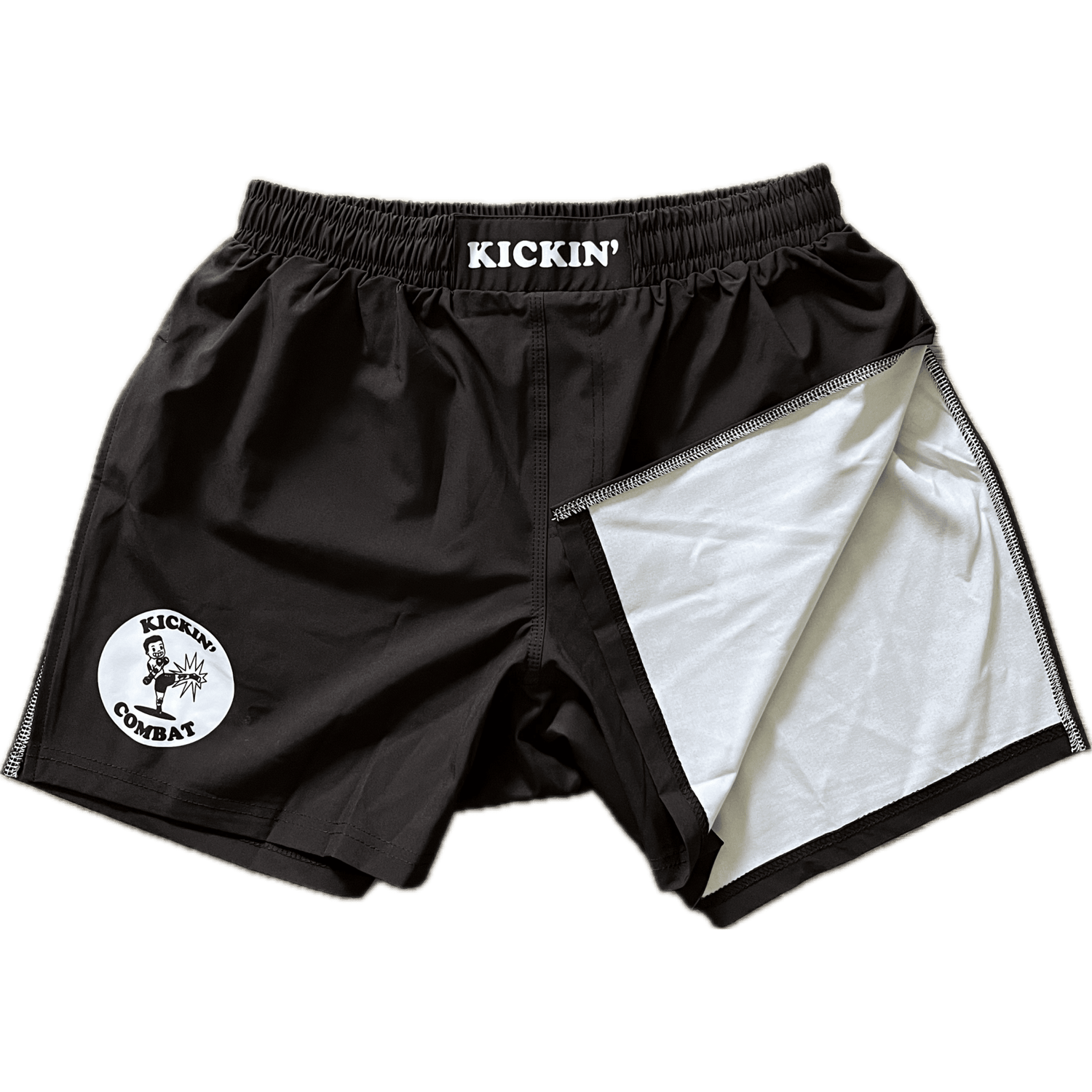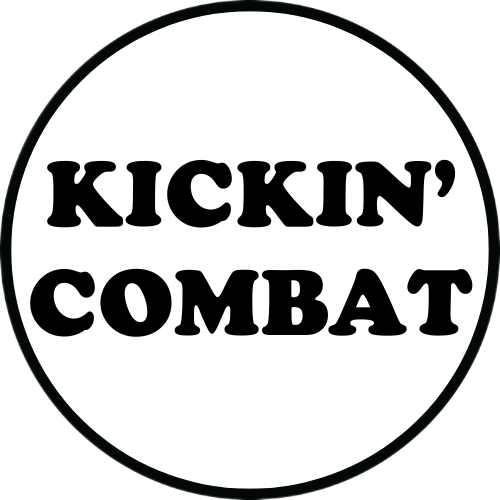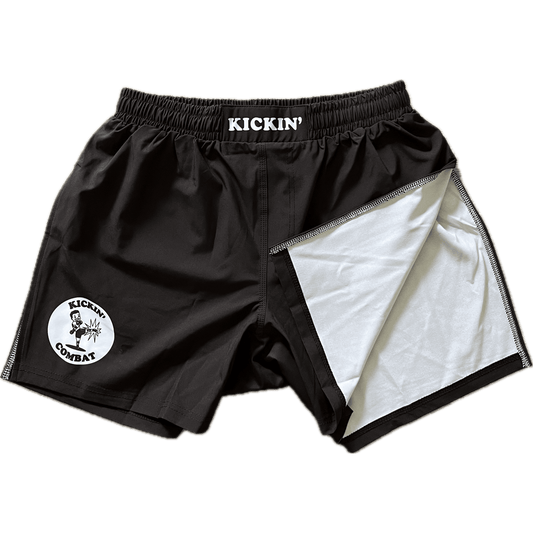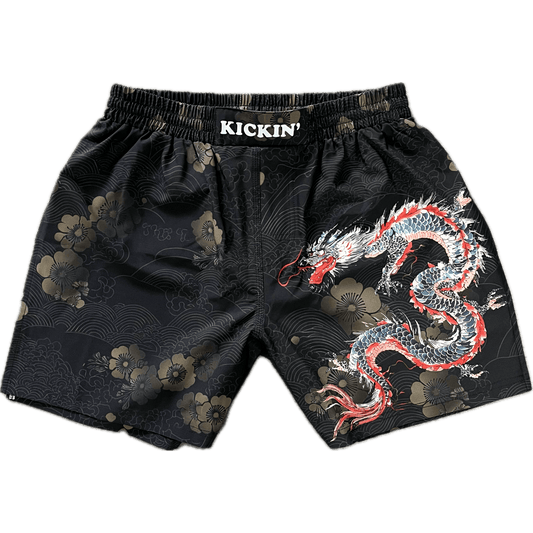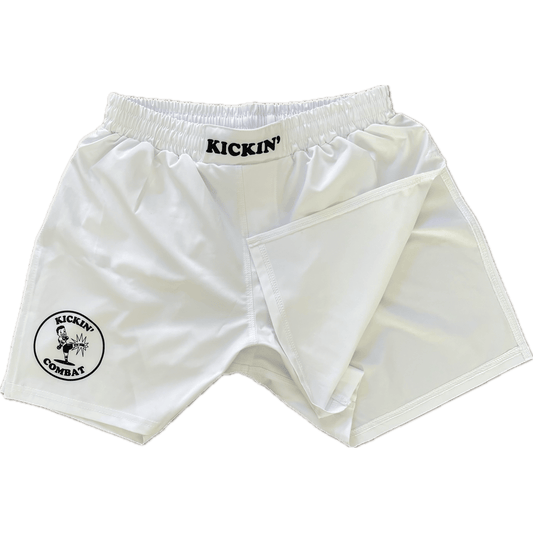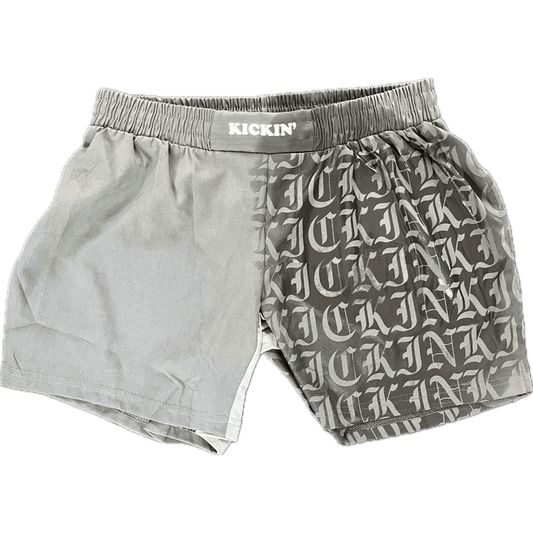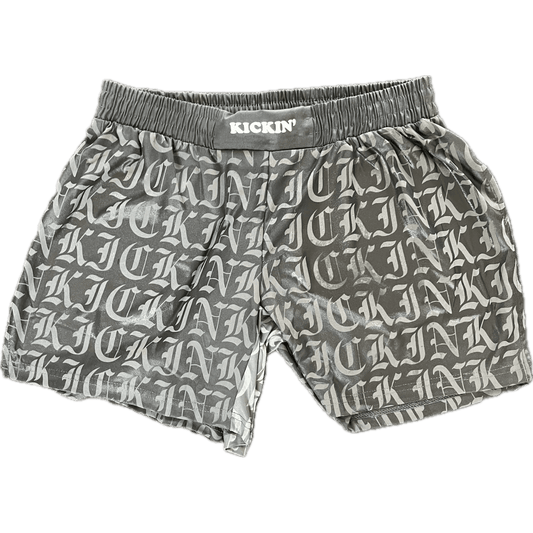What Type of MMA Shorts Are Best for Amateur Fighters?
If you're just beginning your MMA journey, choosing the right gear is essential. The right pair of shorts can boost your performance, help you move freely, and keep you safe and compliant during your first matches. With so many styles on the market, it’s important to know what type of MMA shorts are best for amateur fighters and why.
Amateur MMA athletes typically train across multiple disciplines including striking, grappling, and conditioning. As such, their shorts need to be durable, versatile, and meet the rules of amateur organizations. Here’s how to choose wisely.
Key Factors to Consider When Choosing MMA Shorts
Regulation Compliance for Amateur Competitions
Amateur competitions often have stricter uniform guidelines than professional fights. Most athletic commissions require shorts without pockets, metal, or zippers. Slit height may also be regulated for safety reasons.
When selecting your shorts, make sure they are approved for the organization you plan to compete in. Look for shorts with smooth finishes, secure closures, and no dangling features that could cause injury.
Comfort and Fit for Long Training Hours
As an amateur, you’ll likely spend more hours training than competing. Your shorts need to support your body through strength training, sparring, drilling, and cardio sessions. A poor fit can cause irritation, restrict movement, or wear out quickly.
Choose shorts with moisture-wicking materials and a waistband that won’t shift during explosive movements. Flexibility in the hips and thighs is also important, especially for striking and takedowns.
Versatility Across Disciplines
Most beginners are exposed to multiple disciplines early on. Your shorts should work just as well on the bag as they do on the mat. Grappling sessions demand secure leg openings and fabrics that hold up to friction, while striking drills require loose cuts that don’t limit kicks.
Opt for shorts that give you freedom to move in all directions without bunching, slipping, or tearing. The more adaptable your shorts are, the fewer pairs you’ll need to own.
Best Styles of MMA Shorts for New Fighters
There are several types of MMA shorts that suit amateurs well. Each has pros and cons, but these are some of the most commonly recommended for first-timers:
- Board Shorts: Good coverage and often compliant, but can be stiff and hot for longer sessions.
- Hybrid Shorts: Combine outer shell with built-in compression for support and movement.
- Vale Tudo Shorts: Fully compression-style shorts great for grappling but may feel revealing to some new athletes.
- Muay Thai Shorts: Lightweight and roomy, great for striking, but may lack coverage or security in grappling.
- High split shorts for MMA: Provide excellent mobility and ventilation, favored by strikers and hybrid fighters alike.
The best style for you depends on your body type, primary discipline, and comfort preferences. Most amateurs eventually try a few types before settling on a go-to pair.
Why High Split Shorts Are Popular with Amateurs
One of the fastest-growing trends in amateur MMA is the use of high split shorts. These are often referred to as gladiator-style shorts and feature deep side slits that allow for complete hip mobility. For fighters just learning to throw head kicks, sprawl, or shoot takedowns, this range of motion is incredibly helpful.
High split shorts also allow for better ventilation, keeping athletes cooler during intense workouts. When paired with compression shorts underneath, they offer modesty and support while maintaining a modern, athletic look. It’s no surprise that many beginners gravitate toward this style once they experience the freedom of movement.
Mistakes to Avoid When Buying Your First Pair
- Buying shorts with pockets, zippers, or Velcro closures that may not be legal in competition
- Choosing overly tight shorts that restrict blood flow or motion
- Overlooking waistband design, leading to slippage during drills
- Buying based on looks instead of checking for training comfort
- Using the wrong type of shorts for the focus of your gym (e.g., grappling vs striking)
The key is to balance form and function. You want shorts that perform well in the gym but won’t get flagged by a referee on fight day.
Start with a trusted, competition-safe pair that checks all boxes. As you grow in skill and find your fighting style, you can expand your gear with specialty options that meet your evolving needs.
